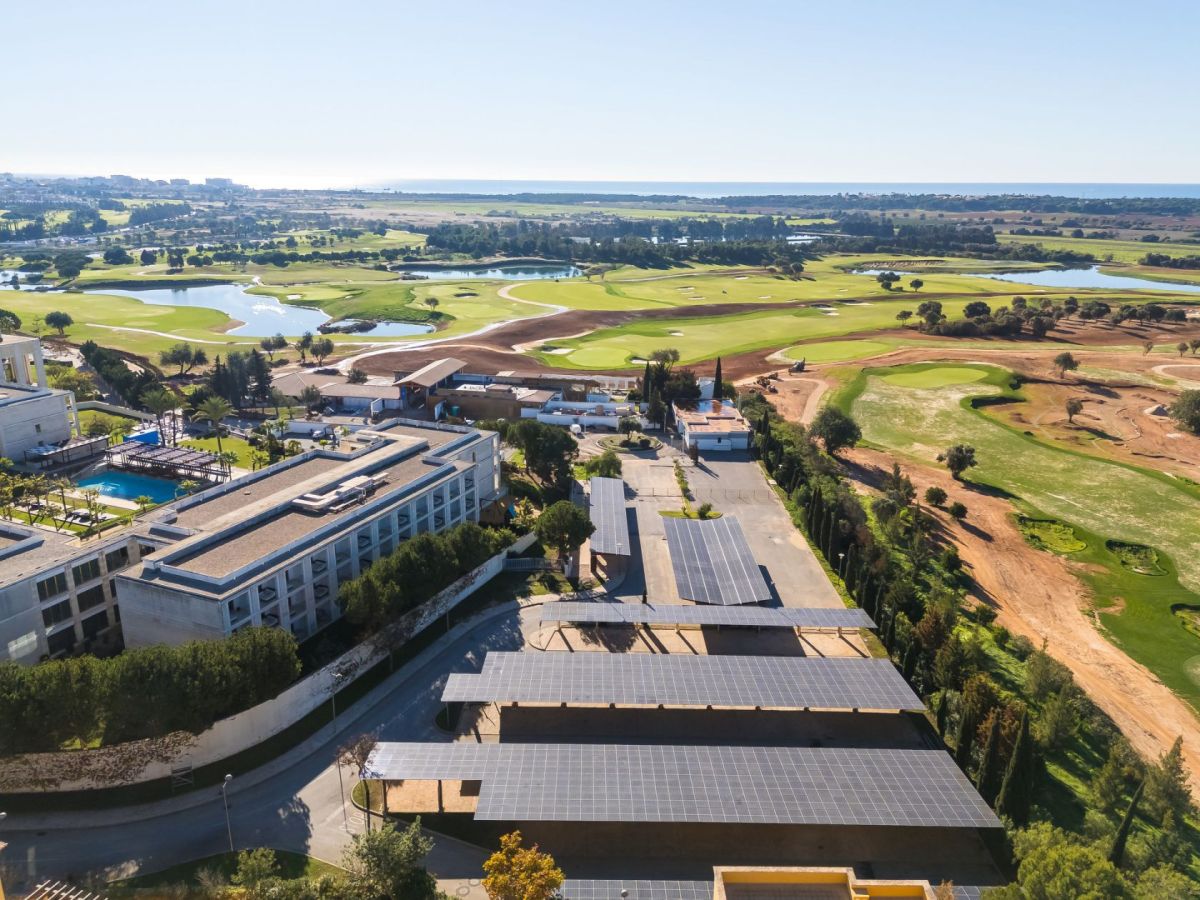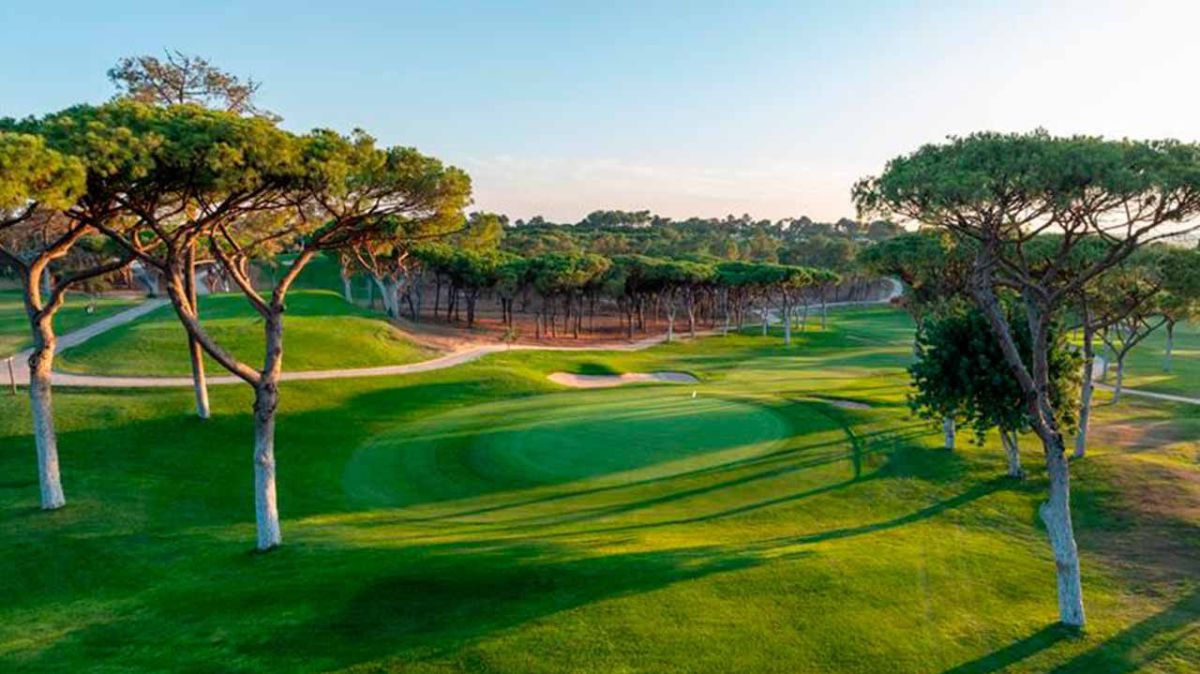Taking advantage of the Algarve’s solar potential, the anchor project – UPAC Victoria – includes 1,008 solar panels across a 1,924 m2 area. In its first year, it’s expected to generate 713.4 MWh of electricity, preventing the release of around 120.57 tonnes of CO2 – the equivalent of planting 722 trees.
This initiative supports a more sustainable, citizen-focused energy system and aligns with both natural and European goals for economic decarbonisation. The Vilamoura Solar Community (CSV) is made up of residents who, through shared infrastructure, produce part or all of the electricity they use. In some cases, they can even generate surplus energy, significantly reducing energy costs for over 1,000 households.
CSV is part of Vilamoura’s broader environmental strategy, which includes advanced wastewater treatment systems (aiming to supply non-potable water for irrigation by 2026), AQUA+ certification for new developments, adherence to global sustainable building standards (BREEAM, LEED, LiderA), and the use of drought-resistant native plants.
In line with Portugal’s National Energy and Climate Plan (PNEC), which targets 80% renewable electricity by 2030, Vilamoura’s goal of becoming the Algarve’s leading destination to live, holiday, and invest is firmly rooted in sustainability.
Already operational, CSV marks a major step towards reducing reliance on traditional energy sources, setting a new benchmark for sustainable resort development and modern, eco-conscious living in Portugal.















